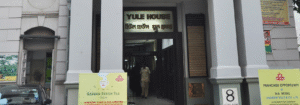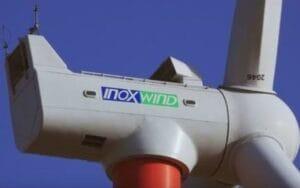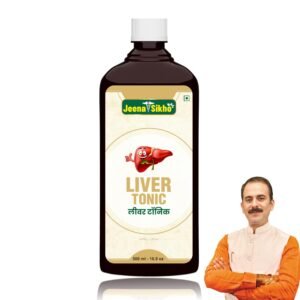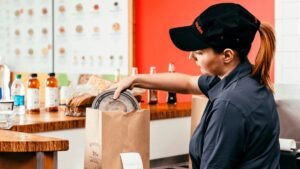1. At a Glance
Bhansali Engineering Polymers (BEPL) just pulled a triple combo in Q1 FY26 — decent profits, an interim dividend, and a ₹200 Cr ABS capacity expansion plan to hit 100,000 TPA by Sept 2026. The stock trades at a modestP/E of ~15.6, with ROCE north of 25%. It’s debt-free, generous with dividends (payout >100% in some years), and runs a business where the word “resin” is said more often than “risk.” The only sore spot? Sales growth over the past 5 years has been slower than a government file transfer — just 4.8% CAGR.
2. Introduction
ABS isn’t just a gym goal — it’s the stuff your car’s dashboard, helmet, and blender housing are made of. Bhansali is one of India’s few integrated ABS resin makers, supplying everyone from auto OEMs to kitchenware kings.
The company has been around long enough to have seen multiple raw material cycles, import surges from China, and even an era when ABS prices spiked so much that customers briefly thought of replacing dashboards with wood.
Now, BEPL is putting ₹200 Cr on the table to expand production by one-third, betting that demand from automobiles, appliances, and consumer goods will keep resin orders flowing.
3. Business Model (WTF Do They Even Do?)
- Products: ABS, AES, ASA, SAN resins & alloys.
- Key Markets: Automobiles, home appliances, electronics, healthcare, kitchenware.
- Revenue Model: Sell resin in bulk → customers mold it into products → repeat.
- Cost Structure: Heavily dependent
- on crude-based raw materials like acrylonitrile, butadiene, styrene.
- Moat: Domestic production scale, diversified clientele, in-house R&D.
In short, they make the plastic you don’t notice but can’t live without.
4. Financials Overview
| Metric | Q1 FY26 | Q1 FY25 | Q4 FY25 | YoY % | QoQ % |
|---|---|---|---|---|---|
| Revenue (₹ Cr) | 308 | 340 | 345 | -9.4% | -10.7% |
| EBITDA (₹ Cr) | 53 | 62 | 48 | -14.5% | 10.4% |
| PAT (₹ Cr) | 46 | 53 | 40 | -13.2% | 15.0% |
| EPS (₹) | 1.84 | 2.14 | 1.59 | -14.0% | 15.7% |
Commentary:Revenue drop is a volume-price mix issue; QoQ PAT boost came from better operating leverage and slightly friendlier raw material prices.
5. Valuation (Fair Value RANGE only)
Method 1: P/E
- EPS (annualised) = ₹7.36
- Peer P/E range = 15× to 35× (specialty chemicals wide spread)
- FV Range = ₹110 – ₹258
Method 2: EV/EBITDA
- EBITDA (annualised) = ₹212 Cr
- EV/EBITDA peer range = 8× to 15×
- FV Range = ₹110 – ₹206
Method 3: Dividend Yield Model
- Historic DPS ≈ ₹7.5/share
- Required yield range for sector: 2–4%
- FV Range




















